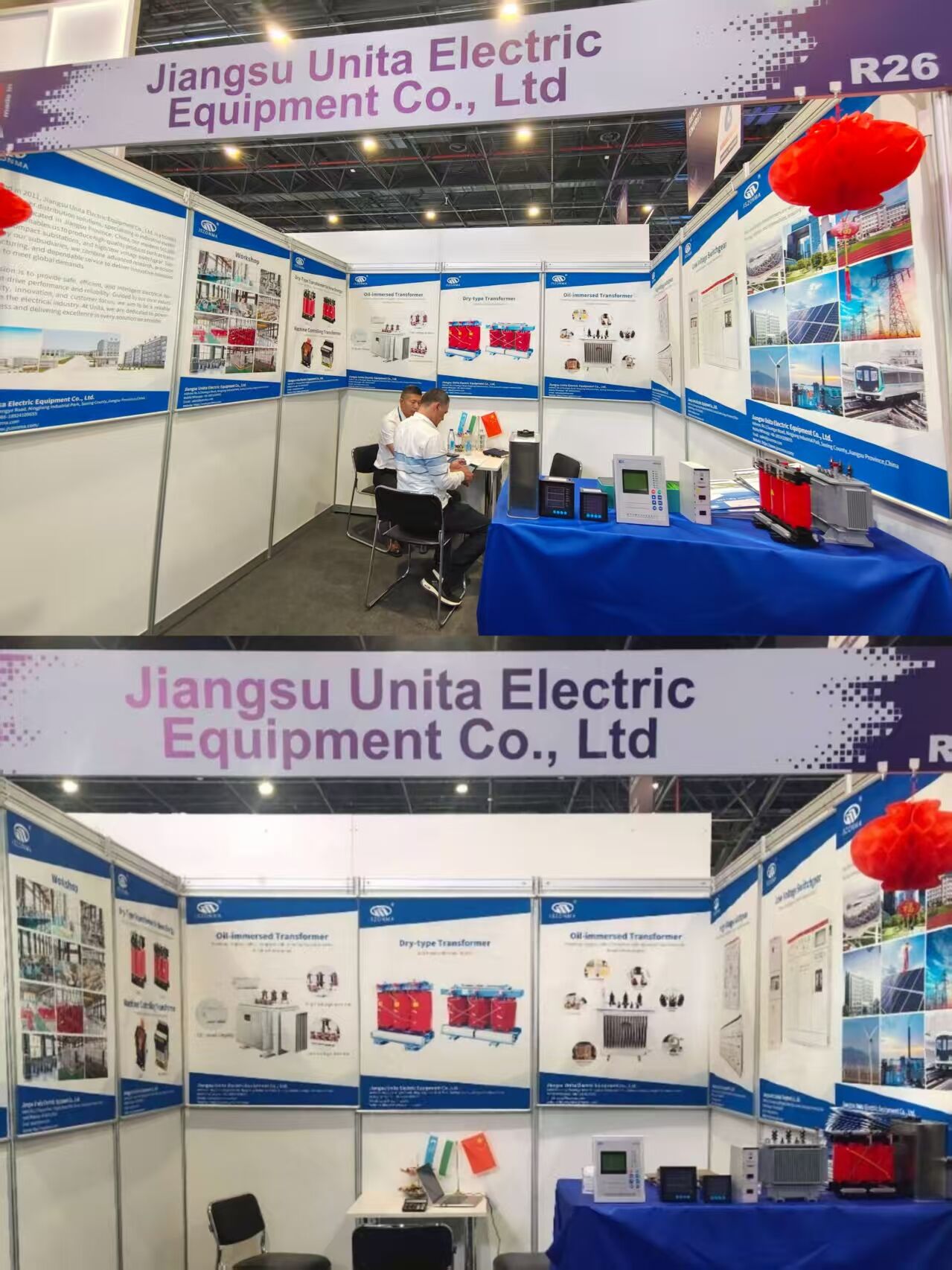Understanding the Critical Role of Oil-Filled Power Transformers
Oil transformers represent one of the most crucial components in modern electrical power systems, serving as the backbone of power distribution networks worldwide. These sophisticated devices use insulating oil to transfer electrical energy between circuits through electromagnetic induction, while simultaneously cooling vital internal components. Their reliability and efficiency have made them indispensable in both industrial applications and utility-scale power distribution.
The significance of oil transformers extends far beyond their basic function of voltage conversion. They play a vital role in ensuring the safe and efficient transmission of electrical power across vast distances, from power plants to end-users. The innovative use of oil as both an insulating and cooling medium has revolutionized the way we distribute electrical energy, making these transformers essential in our modern electrical infrastructure.
Core Components and Design Elements
Primary and Secondary Windings
At the heart of an oil transformer lies its windings system, consisting of primary and secondary coils carefully engineered to precise specifications. The primary winding receives the input voltage, while the secondary winding delivers the transformed output voltage. These windings are typically made from high-grade copper or aluminum, wrapped around a laminated steel core in specific patterns to optimize electromagnetic transfer.
The design of these windings is crucial for determining the transformer's voltage ratio and overall efficiency. Engineers must carefully consider factors such as wire gauge, number of turns, and insulation requirements to achieve optimal performance while maintaining safety standards.
Transformer Core Construction
The magnetic core serves as the foundation of the transformer's operation, typically constructed from specially designed silicon steel laminations. These thin layers are stacked together and insulated from each other to minimize energy losses from eddy currents. The core's design must balance multiple factors, including magnetic flux density, core losses, and overall efficiency.
Modern core designs often incorporate advanced materials and construction techniques to enhance performance. Grain-oriented silicon steel, precisely cut and assembled, helps maximize magnetic permeability while minimizing power losses during operation.
Insulating Oil Properties
The transformer oil serves dual purposes as both an insulating medium and a cooling agent. This specialized mineral oil must possess specific characteristics, including high dielectric strength, excellent thermal conductivity, and chemical stability. The oil fills the entire transformer tank, surrounding the core and windings, ensuring proper insulation and heat dissipation.
Regular monitoring and maintenance of the oil's properties are essential for transformer longevity. Parameters such as breakdown voltage, moisture content, and acid number must be carefully controlled to prevent degradation and ensure reliable operation.
Operational Principles and Functionality
Electromagnetic Induction Process
The fundamental principle behind oil transformer operation is electromagnetic induction, first discovered by Michael Faraday. When alternating current flows through the primary winding, it creates a changing magnetic field in the core. This fluctuating magnetic field induces a voltage in the secondary winding, with the voltage ratio determined by the relative number of turns in each winding.
The efficiency of this induction process depends largely on the core material's magnetic properties and the precise geometry of the windings. Modern transformers can achieve efficiency ratings exceeding 98%, making them among the most efficient electrical devices in use today.
Cooling and Heat Dissipation
Heat management is crucial for transformer operation, and the oil plays a vital role in this process. Natural convection occurs as the oil heats up near the windings and core, rising to the top of the transformer tank. This heated oil then flows through cooling radiators, where it releases heat to the environment before returning to the bottom of the tank.
Larger transformers often incorporate forced cooling systems, using fans or pumps to enhance oil circulation and heat dissipation. These systems may be automatically controlled based on temperature sensors, ensuring optimal operating conditions under varying loads.
Installation and Maintenance Requirements
Site Preparation and Installation
Proper installation of an oil transformer requires careful planning and preparation. The installation site must provide adequate ventilation, access for maintenance, and appropriate containment measures for potential oil leaks. Foundation requirements must account for the substantial weight of the transformer and its oil content.
Safety considerations include fire protection systems, oil containment barriers, and proper electrical clearances. The installation process must comply with relevant electrical codes and environmental regulations while ensuring optimal operational conditions.
Preventive Maintenance Protocols
Regular maintenance is essential for ensuring reliable transformer operation and extending service life. This includes routine oil testing to monitor its chemical and electrical properties, inspection of bushings and other external components, and periodic testing of protection systems.
Modern maintenance approaches often incorporate online monitoring systems that continuously track key parameters such as oil temperature, dissolved gas content, and partial discharge activity. This predictive maintenance strategy helps identify potential issues before they lead to failures.
Environmental and Safety Considerations
Environmental Impact Management
The environmental aspects of oil transformer operation require careful attention. Modern installations must include appropriate containment systems to prevent oil leaks from contaminating soil or water resources. The selection of environmentally friendly transformer oils, including natural esters, is becoming increasingly common.
End-of-life considerations also play a crucial role, with proper disposal or recycling of transformer oil and components required to minimize environmental impact. Many organizations now implement comprehensive environmental management systems to address these concerns.
Safety Protocols and Risk Mitigation
Safety measures for oil transformer operation encompass both electrical and fire safety considerations. Regular inspection and maintenance of fire suppression systems, emergency shutdown procedures, and personnel training are essential components of a comprehensive safety program.
Risk assessment and management strategies must address potential hazards such as oil fires, electrical faults, and environmental releases. Modern transformer installations often incorporate advanced monitoring and protection systems to minimize these risks.
Frequently Asked Questions
How long does an oil transformer typically last?
With proper maintenance and operating conditions, an oil transformer can typically last 25-40 years. However, some well-maintained units have remained in service for over 60 years. The actual lifespan depends on factors such as loading patterns, environmental conditions, and maintenance practices.
What are the signs of oil transformer deterioration?
Key indicators include increased oil temperature, dissolved gas analysis showing abnormal gas levels, decreased insulation resistance, unusual noise or vibration, and visible oil leaks. Regular monitoring and testing can help detect these signs early.
Can transformer oil be recycled or reused?
Yes, transformer oil can be recycled through specialized processing that removes contaminants and restores its essential properties. This recycling process helps reduce environmental impact and can be more cost-effective than complete replacement with new oil.

